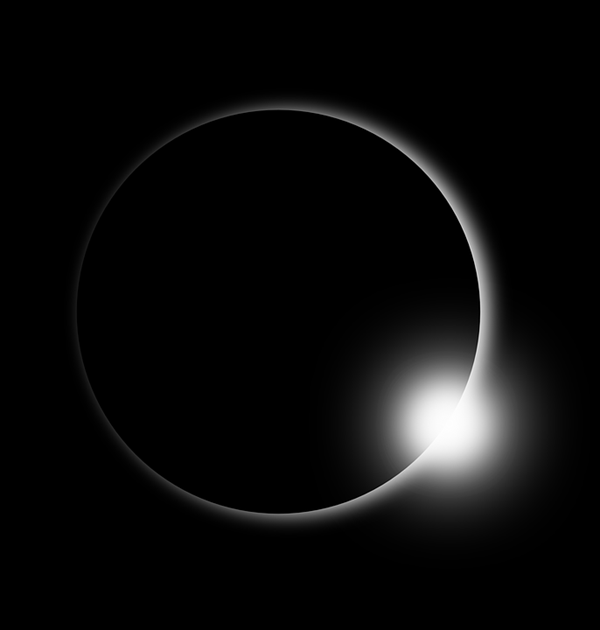Q: During the August 2017 solar eclipse, I assume I will see stars during the daytime. Will I see new stars and constellations?
David Pippin
Dearborn, Missouri
A: During totality, and even for a short while before and after, you should be able to see the brightest stars and planets while the Sun is covered by the Moon. At the time of the August eclipse, the stars you may be able to see without optical aid include Sirius, Arcturus, Capella, and Rigel. Visible planets include Venus and Jupiter; although Mercury and Mars will be in the sky, they’ll be too faint for the naked eye. I also stress “may” because your location in the United States will affect which objects are visible above your horizon. From your location in Missouri, roughly 25 miles (40km) from where Astronomy Senior Editor Michael E. Bakich will be watching the eclipse, Jupiter, Venus, Sirius, and Arcturus should be visible.
While the sky is dark enough to show some constellations during an eclipse, it won’t be as dark as a moonless night. Additionally, because totality will last less than three minutes, your eyes won’t have time to adjust to the change in light levels necessary to make out more than the brightest objects.
It’s also important to note that none of these stars or constellations are necessarily new. When a constellation is not visible in the night sky, it’s because those stars rise and set while the Sun is up, which depends on Earth’s position in its orbit. This is why the constellations we see change with the seasons. You will get to see stars and planets that are up during the daytime while the Sun is completely covered, but they’ll be the same stars and planets you could see at night during other times of the year.
Associate Editor










